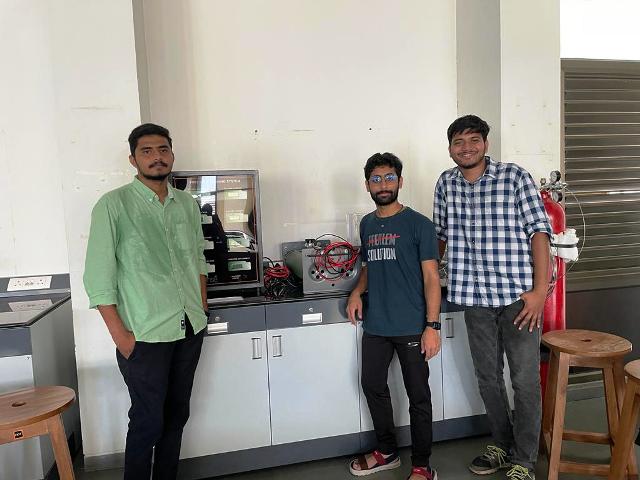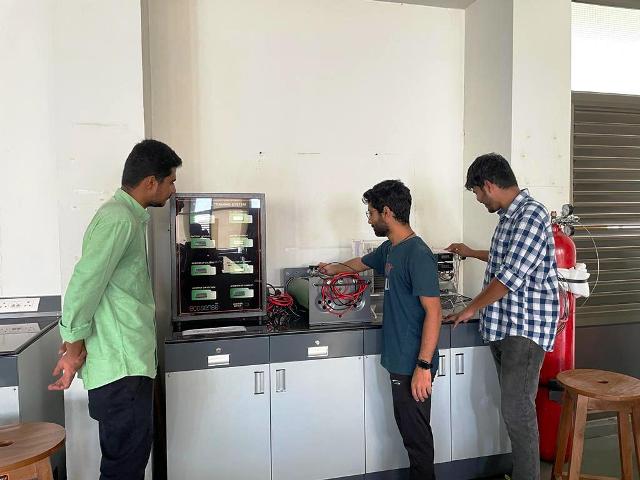Ecosense installs a Fuel Cell Training System at PDEU
In Gandhinagar, Gujarat, Ecosense
installs a fuel cell training system at the Department of Physics of Pandit
Deendayal Energy University (Formerly PDEU).
As a leading private university with a
vision to become a world-class institution of energy education, research, and
innovation, PDEU prepares and sensitises the youth for radical yet sustainable
societal change. In order to achieve this vision, the institution has invested
heavily in renewable energy education.
PDEU's Department of Physics recently
purchased Ecosense’s Fuel Cell Training System.


